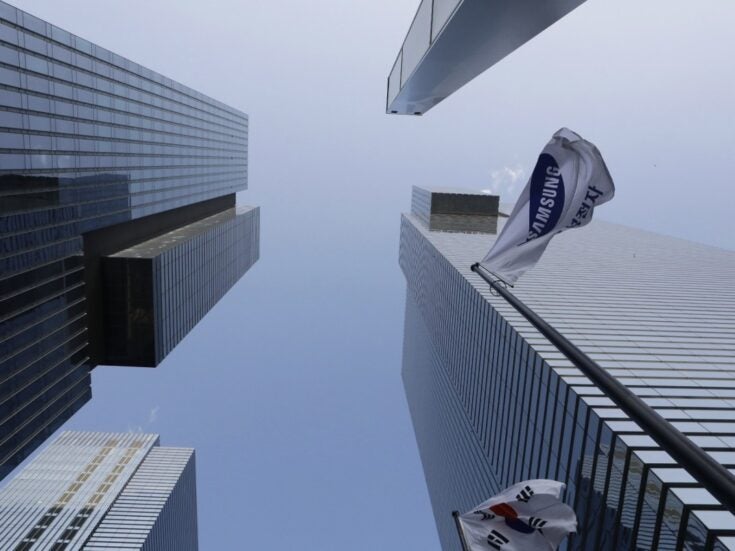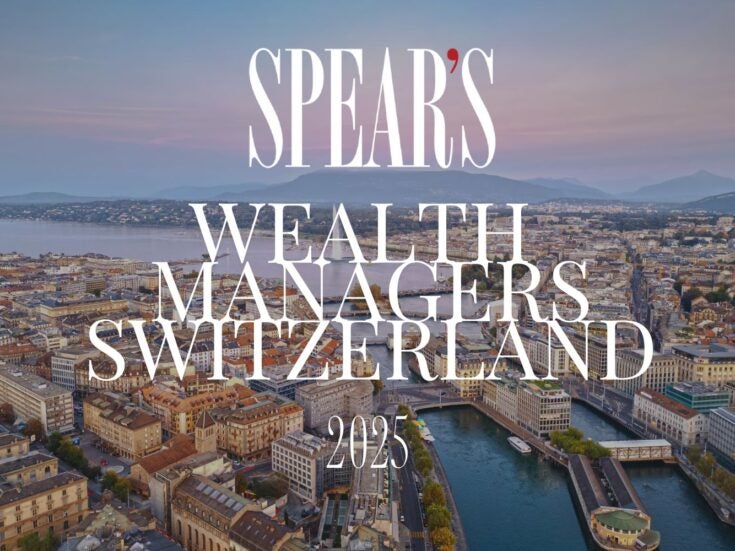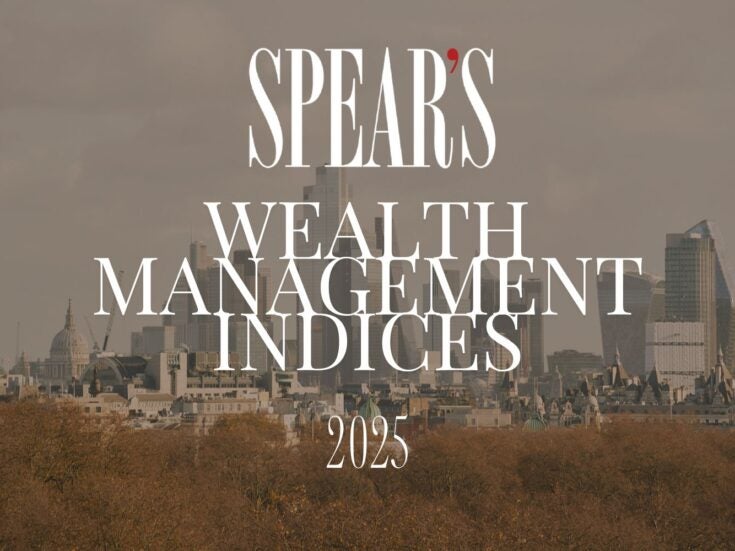
Commodity prices continue to rise — but are the doom-mongers right when they say it’s just a case of a big bubble waiting to burst, asks Christopher Silvester
IS THE WORLD experiencing a bubble in commodity prices? The last time that we experienced such a bubble, back in early 2008, most analysts argued that commodity prices were in a ‘super-cycle’ and that they would somehow sidestep the credit crunch. But then came the crash in commodity prices, mirroring the crash in equities.
By October 2008 crude oil had fallen by more than 40 per cent from its peak, metals by 39 per cent, and agricultural and livestock prices by just over 30 per cent. Even so, some analysts remained bullish about long-term prospects. ‘Commodity markets have been and probably always will be volatile over the short term,’ said Ian Henderson of the JP Morgan Natural Resources Fund, ‘but I can see no reason why growth over the next ten years or more should not mirror that of the previous ten years.’
Since then, commodity prices have been rising again. A year ago, there were warnings that the rise in commodity prices might derail the global recovery because it was based on speculation rather than real demand. It was argued that the loose monetary policy central banks have deemed necessary for recovery was causing a mini-commodity boom. The Fed’s quantitative easing policy was keeping the value of the dollar low, and since most commodities are denominated in dollars, hey presto, their prices were rising. This mini-boom, in turn, was fuelling inflation, which in turn was creating an upward pressure on prices of precious metals as a hedge against inflation.
Well, the recovery has proceeded, albeit sluggishly, while commodity prices have continued to soar. So the super-cycle advocates, who believe in a decade-long surge in prices, have been raising their voices again. The last time there was a super-cycle in industrial metals was during the years either side of 1900, and this time it is the demand engendered by the world’s emerging middle classes, especially in China, and the fact that the output of the world’s mines is unable to match that demand, that are setting the pace. Apart from large global mining companies such as BHP Billiton and Vale ADR, would-be investors might consider a copper ETF or the various ETNs (exchange-traded notes) offered on the NYSE. Since these commodities are denominated in dollars, if you want to be exposed to them as UK investors the exchange rate is immaterial.
Jon Christian Evensen, who founded The Strategist Newsletter from his American college dorm in 2009, believes it is currently safe to buy into the commodities bubble (or super-cycle, depending on your preference) and he favours copper, silver, iron ore and rarer earths. Also, he prefers equities such as Rio Tinto and Molycorp (which is fast becoming the major rare earth miner) to ETFs or commodity futures.

One of the biggest plays of the past year has been cocoa prices. Last July, hedge-fund manager Anthony Ward acquired 24,000 tons of cocoa beans for an investment of £650 million (7 per cent of the world’s supplies and the equivalent of five million chocolate bars). The deal, made by his Armajaro hedge fund, was the biggest single cocoa trade in fourteen years — enough cocoa to fill five Titanics, as one commentator put it. What’s more, he actually took delivery of the cocoa.
Since last summer, Ward, who has earned the nickname ‘Choc Finger’ for his effort to corner the market, has been blessed by events in West Africa threatening supply. With the Ivory Coast in effective civil war after November’s presidential election, EU ships have been banned from Ivorian ports and with the rainy season approaching it’s possible that cocoa beans will simply rot in warehouses. At the end of March, cocoa prices reached a 34-year high before easing off a little. Yet there is still more money being bet on the price of cocoa than the value of all cocoa available.
The gold price hit its record high of $1,441.25 per ounce on 24 March before easing back. The price of silver reached 31-year highs above $37.85 per ounce on the same day. At the same time, the ratio of gold to silver prices is as low as it has been since 1983 and may continue lower. The ratio leapt close to 85 following the collapse of Lehman in 2008 and was around 38 at the end of March. There may be several technical factors at play here. Buying activity by ETF gold investors has declined by 5 per cent since December, suggesting profit-taking and a rotation out of gold, while the robust silver price indicates that there has been short covering as well as fresh buying.
On the fundamentals, gold remains a good hedge against inflation risk because in real terms it remains well below the previous peak of $1,850 an ounce during the Iran-Iraq war. But Shane Oliver, chief economist for AMP Capital Investors, believes that it will be superseded by industrial metals once the global economic recovery is truly under way. ‘Later this year, I think we’ll see more emphasis on industrial commodities,’ he has said. ‘If I were to look at things that are potentially forming bubbles, gold would be high on the list.’
Back in December an eccentric internet campaign began: ‘Crash JP Morgan — buy silver’ was led by media pundit Max Keiser, a former Wall Street broker. The idea behind it was this: for several years, JP Morgan has been sitting on a 3.3 billion-ounce naked short position in silver in order to suppress the price of silver and maintain the value of the dollar. Keiser wanted 5 per cent of the world’s population to buy one ounce of silver, thus forcing JP Morgan to cover its $1.5 trillion liability against its market cap of $150 billion, ie bankrupt itself.

The popular yearning to punish the bank that did the most to encourage the global derivatives market has caused a surge in sales of US silver eagles, although the price target of $500 an ounce is a long, long way off. ‘Buying silver is how the world is monetising its anger at the banks who stole their wealth,’ declares Keiser.
Illustration by Frann Preston-Gannon
INFLATION FEARS, ANXIETY over the eurozone’s deepening sovereign debt crisis, the high price of oil and the final phase of quantitative easing were all cited as factors in sustaining the prices. Assuming that the civil war in Libya is over within a couple of months and unrest across the Middle East is resolved within a reasonable time-frame, and with an end to quantitative easing in the US in June and interest rates set to rise on both sides of the Atlantic soonish, gold and silver prices may pull back. There is even the possibility that upbeat economic data will persuade the Fed to abandon QE before its scheduled conclusion, which might cause a sharp correction to gold and silver prices.
But the argument for buying physical silver remains a powerful one. Back in 2002 the US Geological Survey stated that there were fifteen years of silver reserves and 26 years of reserve base metals. Unlike gold, the supply of silver is depleting through industrial use. Last September Jason Hommel, a bullion apologist who publishes his prognostications on silverstockreport.com, wrote to the top 25 billionaires in the world urging them to dive in. ‘It is my opinion that the purchase of silver is a race, given where prices are going,’ he wrote. ‘The race has started, and the billionaires of the world are not yet on board.’
But there is a problem here, because not only JP Morgan but numerous banks around the world owe $200 billion of silver to investors who have not asked for delivery. ‘Thus,’ insists Hommel, ‘you should avoid buying the silver ETFs, avoid buying any futures contracts, avoid buying silver, even “allocated” silver from any LBMA [London Bullion Market Association] bank member, and stick only with buying real bars of silver from refineries and wholesalers.’
It is easy to find sceptics about the silver price, however. Unlike gold, silver is thinly traded and so price spikes are all the more noticeable (and perhaps misleading). Apocalyptic predictions of the global silver short position being exposed once and for all, whereby the position actually has to be covered as opposed to merely being written about by commentators, may continue to languish in the realm of fantasy. Whatever happens to gold and silver, some exposure to industrial metals seems sensible. One man’s bubble is another man’s super-cycle.







